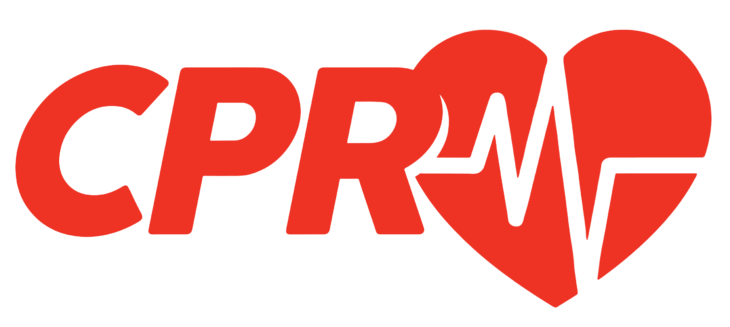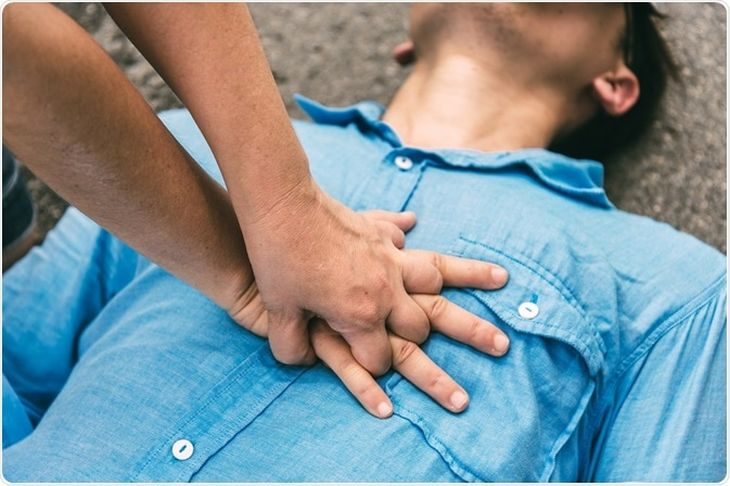Cardiopulmonary Resuscitation (CPR) is performed when someone has difficulty in breathing, the heart stops, and they lose consciousness. When someone’s heart stops beating, blood is not being pumped to take oxygen from the lungs to the brain and the rest of the body. This makes the body to start shutting down, which could lead to death in minutes unless CPR is given in time and in the right way. With skills on basic life support (BLS) including CPR, you are able to perform basic life-saving interventions for patients in respiratory and cardiac distress.
These interventions are for the main purpose of maintaining blood circulation and oxygenation of the brain and other vital organs until paramedics get there for advanced medical attention.
What should you keep in mind before performing CPR?
Contents
1. Ensure there is no probable danger to you
You are of no use to the victim if you get injured before or while you are performing the CPR. Check to see if you are in harm’s way and if any, never attempt to go ahead and help the victim irrespective of what may be happening to them. Check if there is a fire, incoming traffic that might hit you or other people that might endanger your life.

Img source: secure.touchnet.net
2. Check to see if the victim is responsive
Tap the victim vigorously and ask them loudly if they are okay. If they are unresponsive in that they don’t talk back, move or are not breathing, they need CPR.
3. Shout for help if you are alone
If someone comes, tell them to go and call 911. However, if no one comes after you shout for help and you saw the person clutch their chest then fall, call 911. On the other hand, if you did not see the person fall and you just found them lying there, go ahead and perform the CPR first for two minutes then go and call 911 to send an ambulance.
4. Check if their chest is rising and falling
If their chest is rising and falling, it means that they are breathing. If they are breathing normally, place them in the recovery position with their body slightly tilted towards the ground and their head facing down.
If the casualty is not breathing, check whether there’s a carotid pulse on the side of the windpipe for 5-10 seconds. If you find a pulse, support it by giving the casualty mouth to mouth resuscitation.

Img source: news-medical.net
If the casualty doesn’t have a pulse, position yourself to the side where you can proceed with chest compressions.
Performing CPR in time can significantly increase the survival chances of the victim while you wait for professional responders to arrive. However, you’ll need to know the techniques to perform it correctly, so getting first aid CPR training is crucial to save lives in emergencies.
Place both your palms on top of each other and interlock your fingers together then place them in the lower middle of the casualty’s chest. Do 30 compressions and go at least two inches into the person’s chest. Allow space after each compression for the chest to recoil to its natural position so that the heart can pump blood. The compressions should be fast at 100 beats per minute.
After the 30 compressions, tilt the head of the casualty upwards to open the airways. Pinch the nose and open the mouth of the victim then give two breaths. Each breath should not last more than 5 seconds. Continue with the compressions and giving rescue breaths until the casualty wakes up or till paramedics arrive.
If you don’t know how to perform CPR or you are not sure, don’t do it. Call for help and don’t touch the victim. Performing CPR wrongfully, could make the situation worse and lead to a quicker death of the victim. It’s best that you help the victim go for a check-up if they wake up after you’ve performed the CPR to have them cleared by the doctor.
